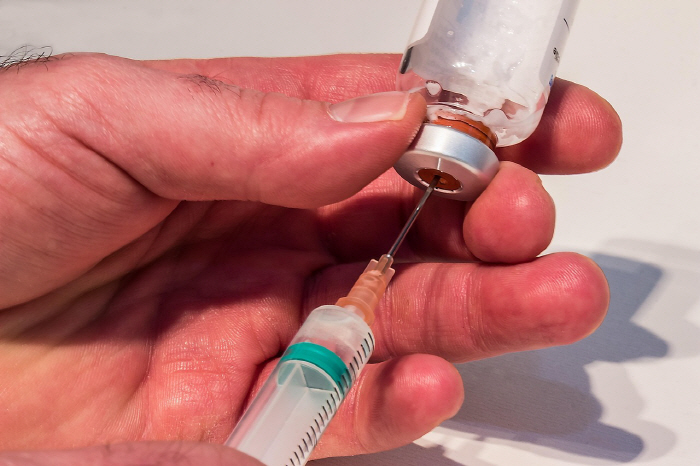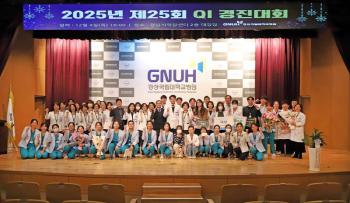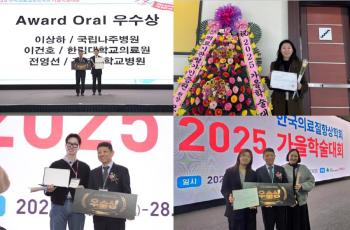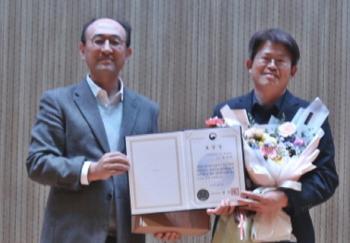Amid the increase in the number of shingles treated, vaccination costs and local government support vary widely...Concerns over regional healthcare gaps
|
According to data submitted by Rep. Seo Mi-hwa (Democratic Party of Korea), a member of the National Assembly's Health and Welfare Committee, from the Ministry of Health and Welfare and the National Health Insurance Corporation, the number of shingles treated increased from 712,722 in 2020 to 759,253 in 2024.
It was confirmed that the total medical expenses also increased as the number of people treated increased. In particular, the total medical expenses for those in their 60s and older, which were around 81.07 billion in 2020, rose 17.2% to 950.5 billion in 2024. The figure is higher than the 7.3% increase in all age groups during the same period.
Shingles is a terrifying disease that can spread throughout the body and lead to extreme pain and death in patients with greatly reduced immunity. Although it can be prevented through vaccination, it is treated as a non-payment item, so the price handled by hospitals varies widely. Although it varies from item to item, the price deviation is as high as 40,000 won to 500,000 won, so if shingles vaccination is provided at a high cost in the area where you live, low-income people will be reluctant to get vaccinated.
Currently, many local governments selectively support shingles vaccination to the elderly in their 60s or older, recipients of basic living, and the secondary poor. As of September 2025, 168 out of 227 local governments (including Sejong and Jeju Special Self-Governing Province) are participating, but it has been confirmed that there is a 14-fold difference from up to 18.5 million won to 1.3 million won, and there is a difference in the amount of support within the same local government.
The Korea Centers for Disease Control and Prevention predicts that the expected financial resources will range from a minimum of 557.58 billion to a maximum of 1.96557 trillion, although it depends on the type of vaccine and the vaccination rate if it supports vaccination for all people 65 and older.
Representative Seo Mi-hwa said, `Anyone in the country can suffer from shingles, but the cost of inoculation to prevent it varies widely and the amount of support for each local government 14 times can lead to another medical gap"As social costs increase and can lead to greater pain, especially for the elderly with weak immunity, we should support shingles vaccination in stages such as the socially disadvantaged."
This article was translated by Naver AI translator.




